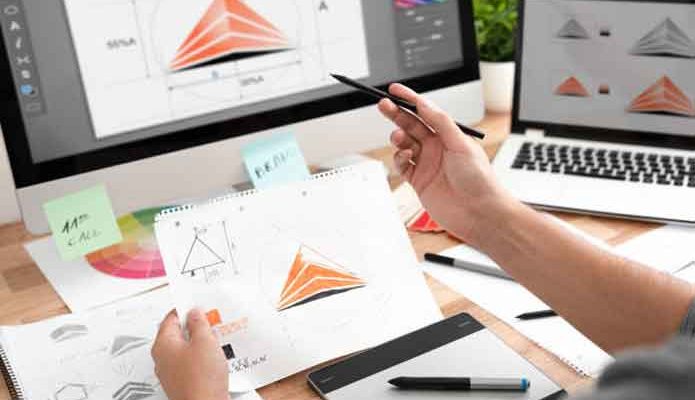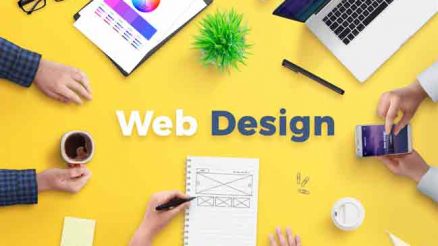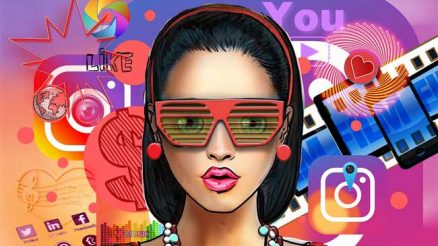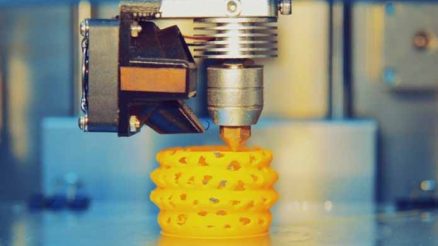Illustrators and graphic designers need image files that are clean and crisp, and vector format is a great way to do this. Many clients will ask designers to incorporate pre-existing files in their work, but these may need some tweaking to make them compatible. In those cases, vectorizing an image is the right solution.
Scalability
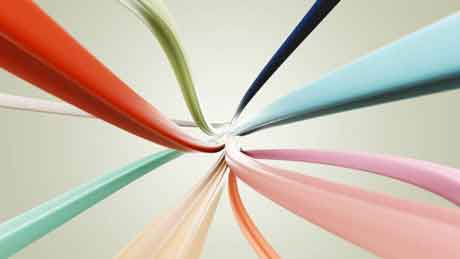
When it comes to digital images, there are several ways to increase their scalability. First of all, you can always convert them to vector format. This format allows you to increase the size of the image without losing quality. Another benefit of vector images is that you can scale them in any direction without losing quality. That makes vector images perfect for print designs and logos.
While a vector image can scale to any size without sacrificing quality, it does have its drawbacks. Unlike raster images, a vector image requires less memory to store. The downside is that even the largest vector image will still have to be displayed in a raster format.
Lack of intrinsic resolution
When vectorizing an image, you lose some information. This is due to the lack of intrinsic resolution. The loss of information is compensated for by the increased fidelity and clarity of the resulting vector image. For example, a large pixel no longer forms a curved shape, which would otherwise be visible. In addition, higher-resolution images have higher PPI, allowing for more accurate conversion tolerances.
Cost of conversion
The cost of vectorizing an image depends on the complexity of the image and the size of the file. It can be between $10 and $50 for a simple image to be converted to a vector format. A reliable vectorizing service provider will set a reasonable rate and can handle the conversion of many file types and sizes.
There are many tools available to help with the conversion, including free online converters. Adobe Illustrator requires a license to change the file extension, while Inkscape has a built-in converter. You can also use an online converter to convert JPEG to vector. Another option is to pay a monthly subscription to a service like Vector Magic.
Conclusion:
Vector images are perfect for print designs and logos because they don’t lose quality when scaled up, require less memory, and can be converted to a raster format without losing quality. While a vector image may cost more to convert than a raster image, the increased fidelity and clarity of the resulting vector graphic is worth it.

Jerry Martinez is a professional artist. He lives in California with his family. Throughout his life, he has always been captivated by images. Naturally, he was drawn to art. So he opted to take his Bachelors Degree in Fine Arts from Otis College of Art and Design. After completing his degree, He concentrated even more into his art practice. He is a father of three children, ranging in age from 3 to 12 years old. They love outdoors activities; biking, camping, walking and playing football. Jerry Martinez is a music lover and love to listen to metallic songs.


